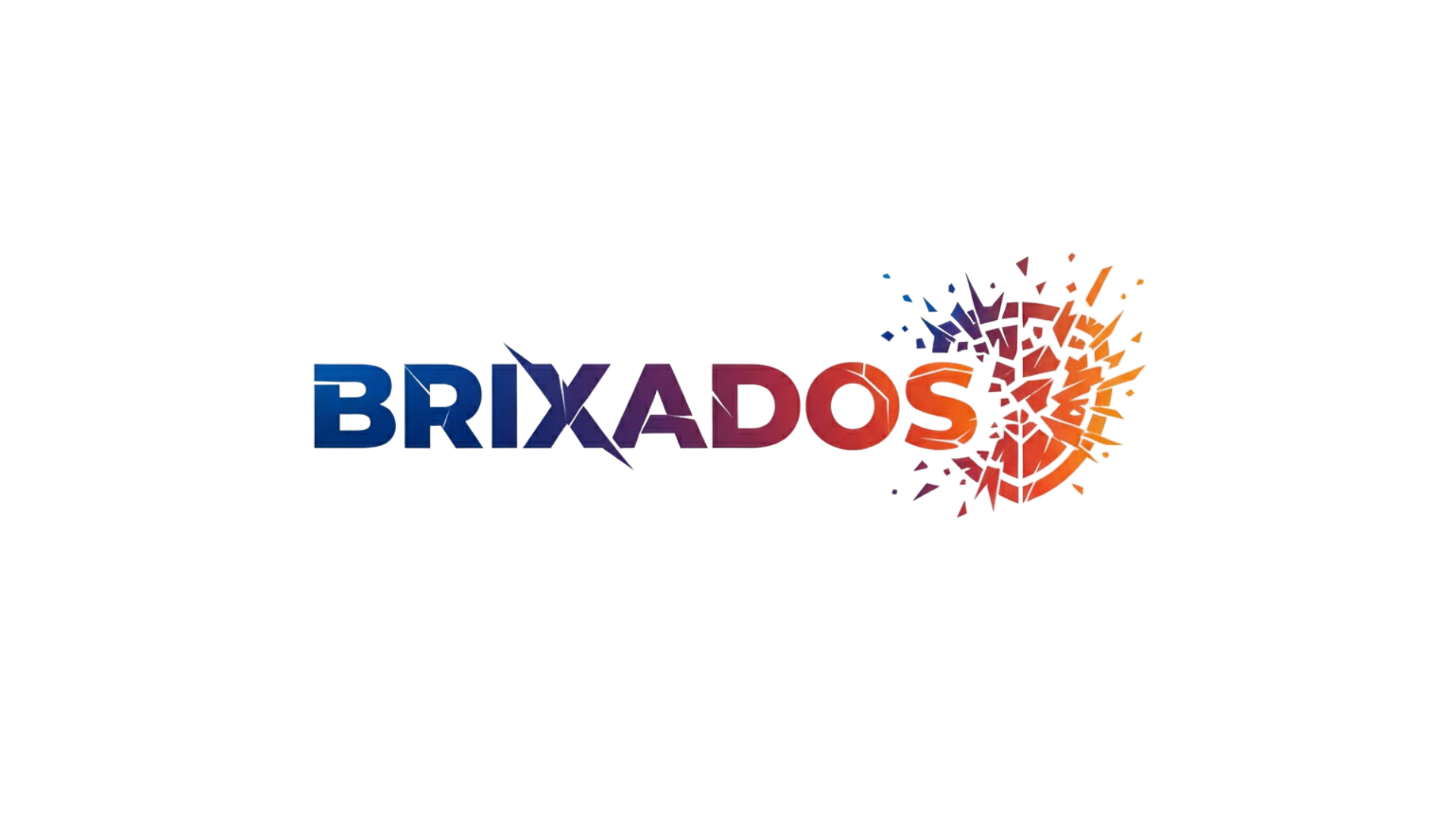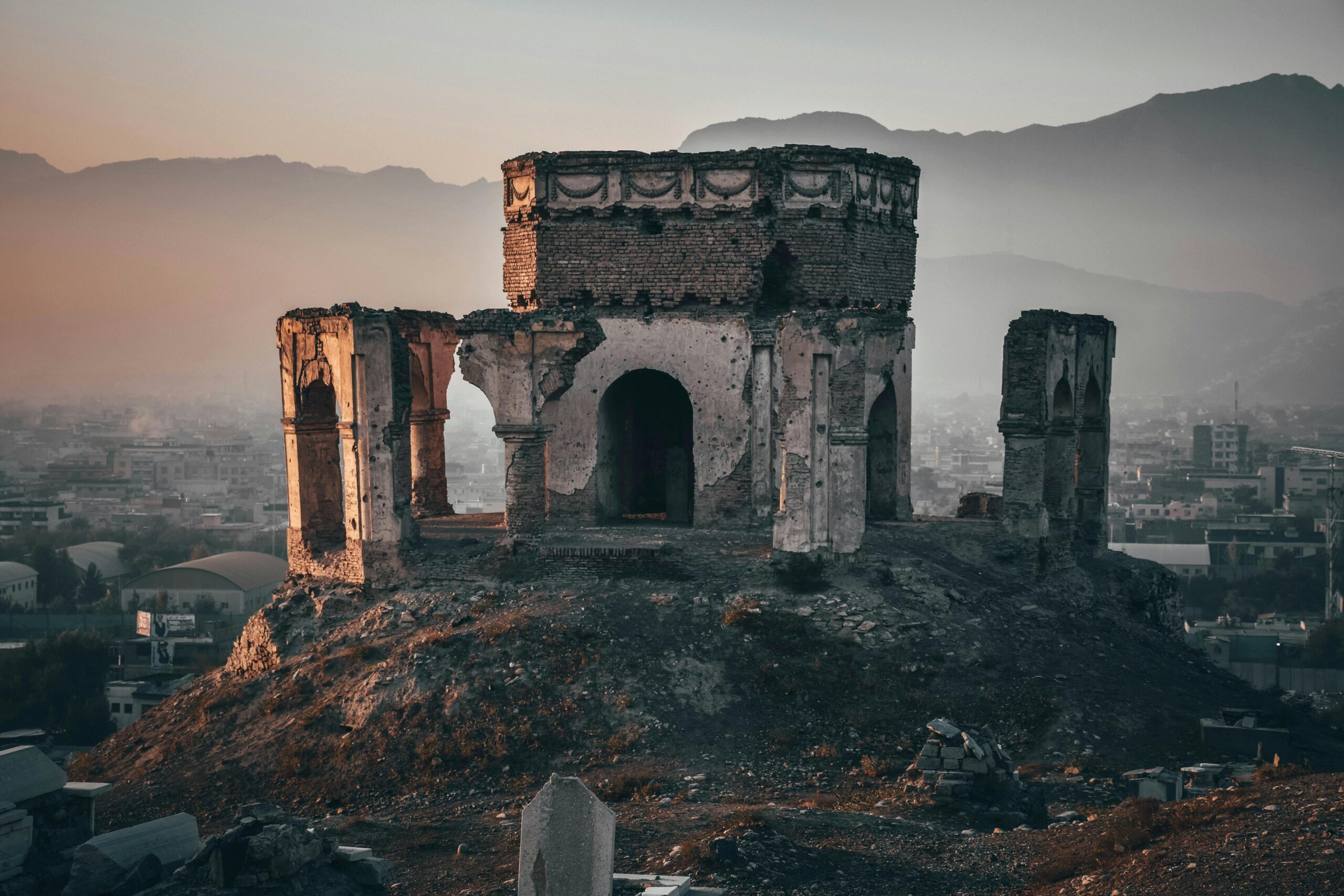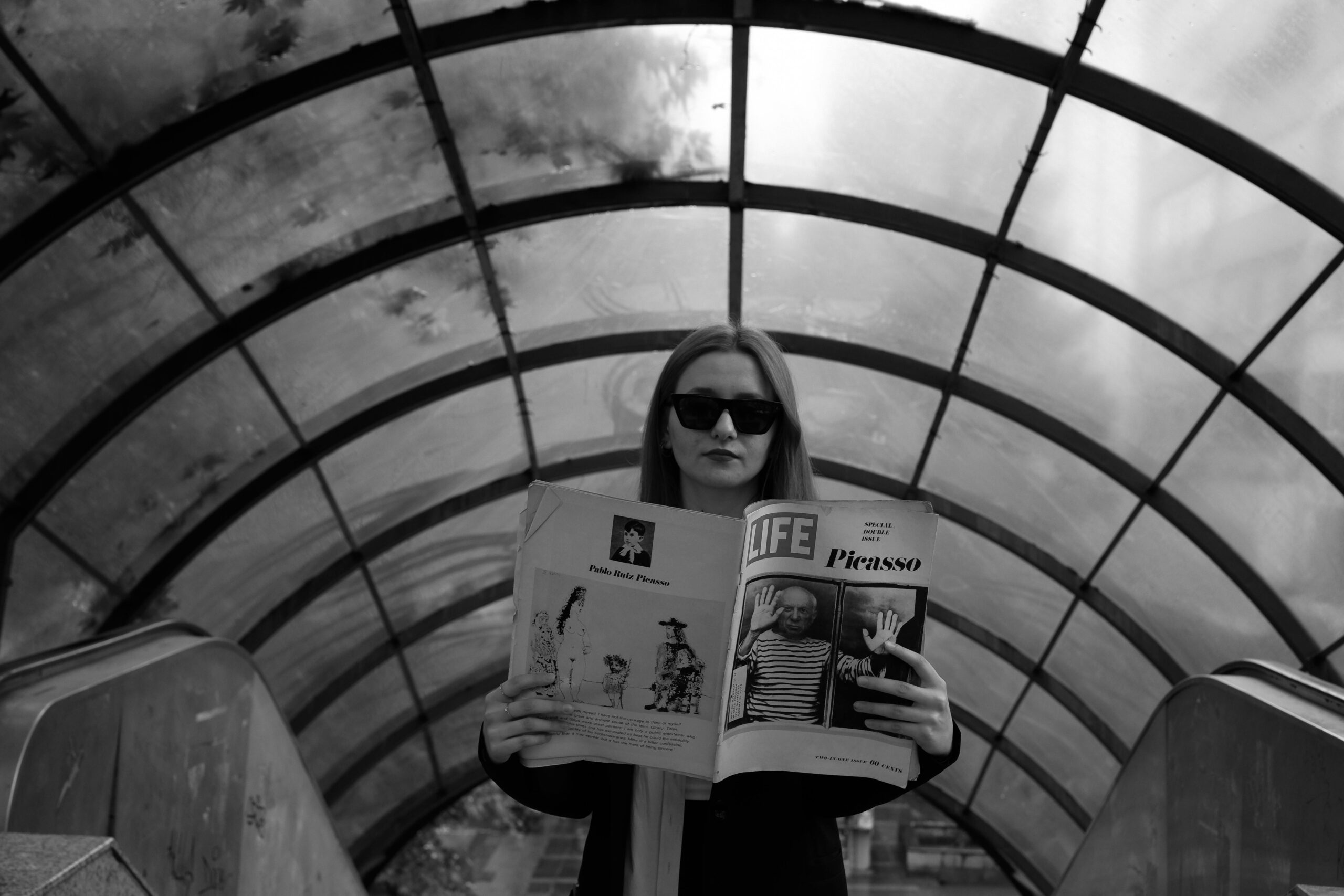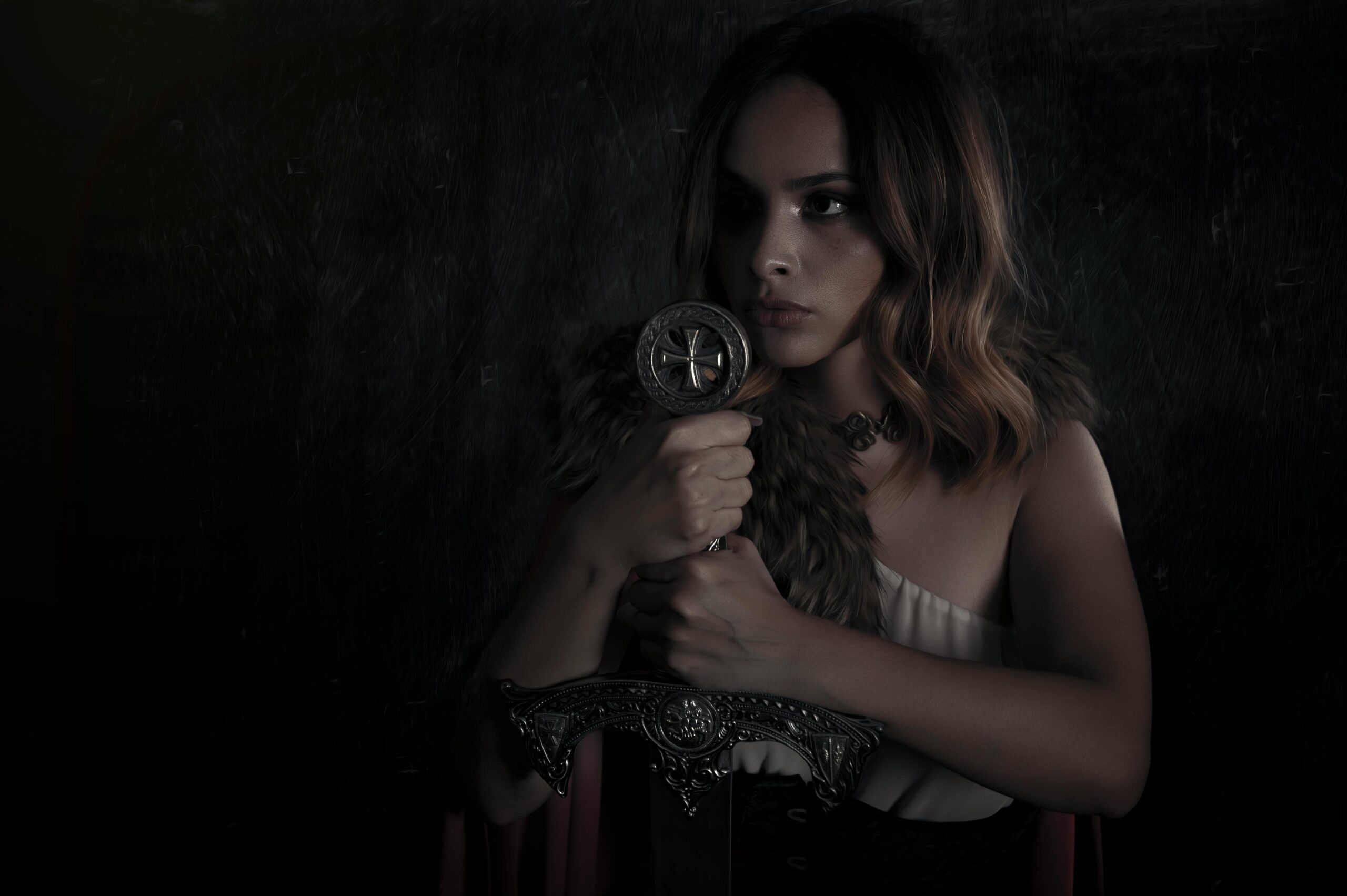Throughout history, the archetypal hero has captured our collective imagination, serving as both mirror and beacon for humanity’s deepest aspirations and values.
From ancient mythologies to modern blockbusters, the hero’s journey remains one of the most enduring narrative frameworks in human culture. These legendary figures don’t emerge from a vacuum—they are carefully crafted reflections of societal needs, anxieties, and ideals. Understanding how society shapes these legends reveals profound insights into our cultural evolution and the timeless quest for meaning and purpose.
The relationship between heroes and the societies that create them is reciprocal and dynamic. While cultures mold heroic archetypes to embody their highest values, these same heroes inspire real-world greatness, pushing individuals toward extraordinary achievements. This intricate dance between fiction and reality, between mythmaking and lived experience, forms the foundation of how civilizations transmit wisdom across generations.
🌟 The Universal Blueprint of Heroism
Joseph Campbell’s groundbreaking work on the monomyth, or “Hero’s Journey,” revealed a striking pattern across global mythologies. Despite vast geographical and temporal distances, hero stories share remarkable structural similarities. This universality suggests something fundamental about human psychology and social organization.
The typical heroic narrative begins with an ordinary individual receiving a call to adventure. This person faces trials, meets mentors, confronts darkness—both external and internal—and ultimately returns transformed with gifts for their community. Whether we’re examining Gilgamesh, Odysseus, Mulan, or Luke Skywalker, the essential framework remains consistent.
This consistency isn’t coincidental. The archetypal hero addresses universal human experiences: the transition from childhood to adulthood, the confrontation with mortality, the struggle against chaos, and the search for identity. These narratives provide psychological roadmaps, helping individuals navigate life’s inevitable challenges with courage and purpose.
The Hero as Cultural Mirror
Every society crafts heroes that reflect its particular values and anxieties. Ancient Greek heroes like Achilles embodied martial prowess and the pursuit of immortal glory—values central to a warrior culture navigating political fragmentation and constant warfare. The emphasis on kleos (glory) and timē (honor) directly corresponded to social structures where reputation determined status and legacy.
Medieval European legends produced a different heroic model. Knights like King Arthur and his Round Table companions represented chivalric ideals: piety, loyalty to liege lords, protection of the weak, and courtly love. These narratives reinforced feudal social hierarchies and Christian religious frameworks that dominated the period.
In contrast, many Indigenous American hero stories emphasize harmony with nature, community welfare over individual glory, and wisdom gained through spiritual connection. Figures like the Iroquois Peacemaker promoted conflict resolution and political unity—values essential for confederated tribal structures.
⚡ Modern Heroes and Contemporary Values
The evolution of heroic archetypes accelerated dramatically in the 20th and 21st centuries. Rapid technological change, globalization, and shifting social paradigms have produced increasingly complex and diverse heroic models.
Superhero narratives, now dominating popular culture, reflect modern anxieties about technology, power, and responsibility. Superman emerged during the Great Depression as an immigrant embodiment of hope and justice. Batman addressed urban crime and corruption fears. More recently, heroes like Black Panther and Wonder Woman respond to demands for representation and challenges to traditional power structures.
Contemporary heroes often grapple with moral ambiguity rather than clear-cut good versus evil. Characters like Tony Stark/Iron Man or Walter White represent flawed individuals making ethically complex choices—reflecting postmodern skepticism about absolute truths and simple moral frameworks.
The Democratization of Heroism
Digital media has fundamentally transformed how heroes are created and consumed. Social media platforms enable ordinary individuals to achieve heroic status through viral moments of courage, kindness, or creativity. The “everyday hero” narrative has gained tremendous cultural currency.
Healthcare workers during global pandemics, activists organizing grassroots movements, teachers transforming lives one student at a time—these real-world heroes occupy cultural space once reserved for mythological figures. This democratization reflects egalitarian values and recognition that heroism manifests in countless forms beyond battlefield valor or superhuman abilities.
The internet has also enabled participatory mythmaking. Fans don’t merely consume hero stories; they remix, critique, and reshape them through fan fiction, cosplay, and online communities. This collaborative storytelling process makes heroic narratives more responsive to diverse perspectives and evolving social consciousness.
🛡️ The Shadow Side of Hero Worship
While heroic archetypes inspire greatness, uncritical hero worship carries significant dangers. History demonstrates how charismatic leaders leveraging heroic narratives can manipulate populations toward destructive ends. The cult of personality surrounding authoritarian figures often employs heroic mythology to justify oppression and silence dissent.
The “great man” theory of history—the notion that exceptional individuals drive all significant change—can obscure systemic factors and collective action that actually produce social transformation. This distortion disempowers ordinary people and perpetuates hierarchical power structures.
Additionally, traditional heroic narratives often exclude or marginalize certain groups. Women frequently appear only as prizes to be won or damsels requiring rescue. Racial and ethnic minorities have historically been cast as villains or sidekicks rather than protagonists of their own stories. LGBTQ+ individuals were largely invisible in heroic narratives until very recently.
Deconstructing and Reconstructing Heroism
Contemporary storytelling increasingly interrogates traditional heroic tropes. Works like “Watchmen” expose the psychological dysfunction and fascistic tendencies potentially underlying superhero vigilantism. “The Boys” satirizes corporate commodification of heroism and hero worship as tool of social control.
This critical examination doesn’t reject heroism but rather refines it. By acknowledging complexity, vulnerability, and systemic context, modern narratives create more authentic and inclusive heroic models. Heroes can acknowledge trauma, seek help, collaborate rather than dominate, and succeed through community rather than isolation.
🌍 Cross-Cultural Hero Archetypes and Global Exchange
Globalization has facilitated unprecedented exchange of heroic narratives across cultural boundaries. Japanese manga and anime introduced Western audiences to different heroic paradigms emphasizing perseverance, friendship bonds, and personal growth over innate exceptional abilities.
Characters like Naruto or Monkey D. Luffy from “One Piece” succeed not through solitary genius but through determined effort and loyal companionship. This contrasts with Western “chosen one” narratives where heroes possess inherent special qualities setting them apart from ordinary humanity.
African storytelling traditions, increasingly reaching global audiences through literature and film, offer heroic models rooted in Ubuntu philosophy—the interconnectedness of humanity. Heroes succeed by strengthening community bonds rather than transcending communal obligations.
The Universal and the Particular
This cultural exchange reveals both universal heroic elements and culturally specific variations. The tension between individual and community, the test of character through adversity, the transformative journey—these appear across traditions. However, the balance between individual achievement and collective welfare, the nature of worthy goals, and the methods heroes employ vary significantly.
Understanding these variations enriches our heroic vocabulary and prevents cultural imperialism where one tradition’s heroic models are imposed as universal standards. A truly global heroic consciousness honors both commonalities and differences.
💡 Heroes as Catalysts for Personal Transformation
Beyond entertainment and cultural transmission, heroic narratives serve profound psychological functions. They provide frameworks for understanding our own struggles and potential for growth. When we identify with heroes facing seemingly insurmountable challenges, we access courage and resilience in our own lives.
Psychologist Carl Jung argued that archetypes like the hero reside in the collective unconscious—universal patterns of human experience transcending individual psychology. Engaging with heroic stories activates these deep psychological structures, facilitating personal development and integration of shadow aspects of self.
The hero’s journey mirrors actual psychological development. Leaving the familiar (call to adventure), confronting internal demons (descent into the underworld), integrating lessons (apotheosis), and returning to share wisdom (return with the elixir) parallels therapeutic processes of self-discovery and healing.
From Inspiration to Action
The ultimate purpose of heroic narratives isn’t passive entertainment but active inspiration. Stories become meaningful only when they motivate real-world courage, compassion, and creativity. The hero’s journey provides templates for navigating our own adventures.
Research in narrative psychology demonstrates that the stories we tell ourselves about our lives significantly impact our behavior and outcomes. Framing personal challenges as heroic journeys—temporary setbacks before ultimate triumph—increases persistence, resilience, and probability of success.
Moreover, heroic narratives combat cynicism and despair. In times of social crisis or personal hardship, they remind us that transformation is possible, that courage matters, and that individual actions can contribute to collective flourishing.
🔮 The Future of Heroism in an Uncertain World
As humanity faces unprecedented challenges—climate change, technological disruption, political polarization, pandemic threats—the heroic archetypes we cultivate will shape our collective response. The heroes we choose to celebrate reveal our priorities and aspirations.
Emerging heroic narratives increasingly emphasize collaboration over competition, wisdom over strength, and systemic change over individual glory. Climate activists, scientists developing life-saving treatments, and community organizers building solidarity represent heroism suited to contemporary challenges.
Technology offers new dimensions for heroism as well. Digital activists fighting surveillance and misinformation, programmers developing open-source tools for social good, and content creators building bridges across cultural divides represent heroic action in virtual spaces.
Cultivating Heroic Consciousness
Perhaps the most important evolution involves democratizing heroic potential—recognizing that every individual possesses capacity for heroic action in their particular context. Heroism isn’t reserved for exceptional individuals but available to anyone willing to act courageously on behalf of values larger than self-interest.
This inclusive vision of heroism requires educational systems, media representations, and cultural narratives that affirm diverse forms of courage and contribution. It means celebrating quiet persistence alongside dramatic action, emotional labor alongside physical bravery, and collaborative achievement alongside individual excellence.
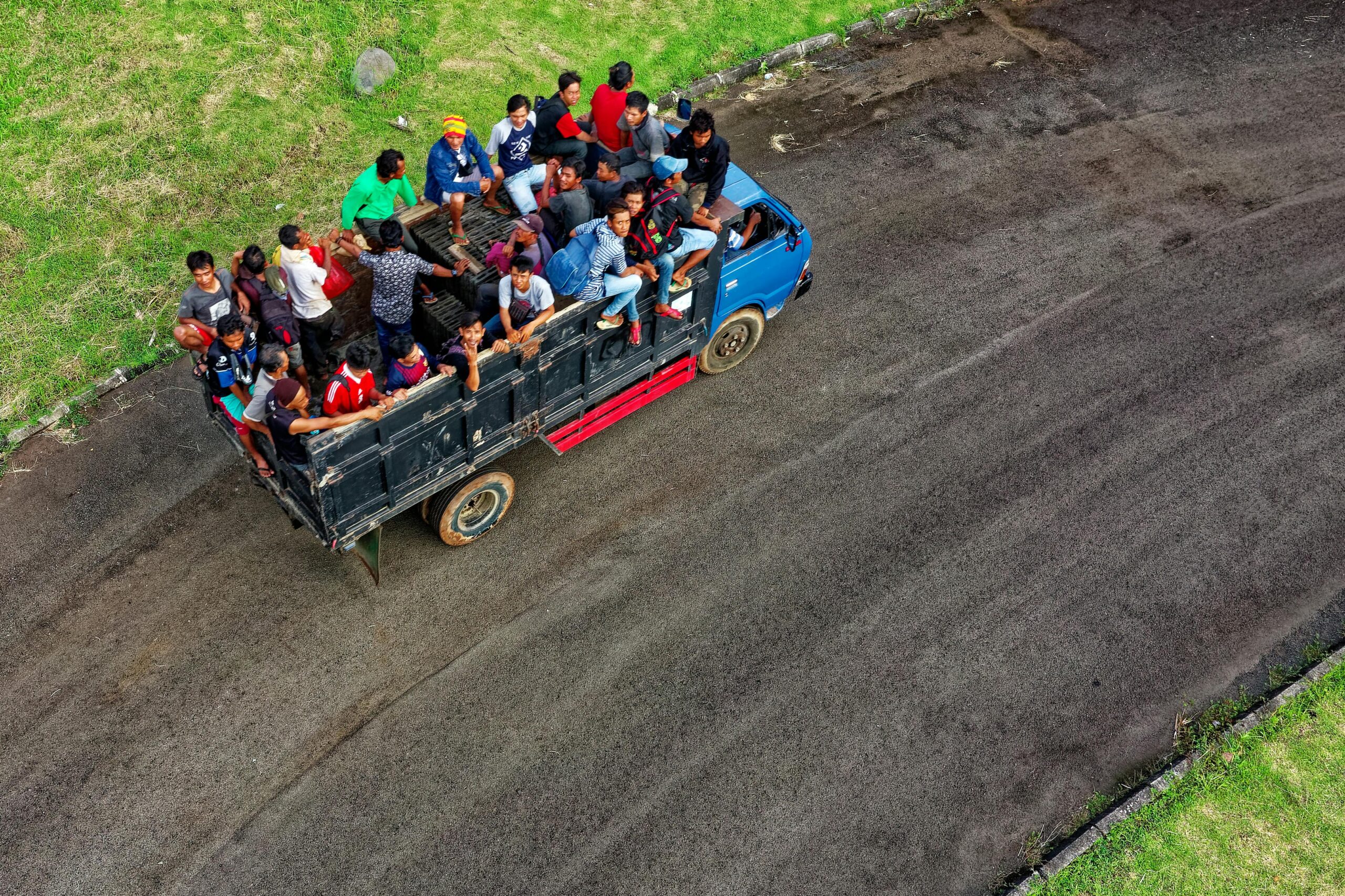
✨ The Eternal Return of the Hero
The archetypal hero endures because it addresses something essential in human nature—our capacity for growth, our hunger for meaning, and our potential for transcendence. While specific manifestations evolve with changing social conditions, the fundamental pattern persists.
Society shapes legends by projecting its highest aspirations onto heroic figures, creating aspirational models that inspire greatness in subsequent generations. This cycle of inspiration and creation ensures that heroic narratives remain vital, responsive to contemporary needs while maintaining connection to timeless wisdom.
Understanding this relationship between heroes and societies empowers us to consciously shape the legends we create and consume. By critically examining heroic narratives, we can identify which values they reinforce, which perspectives they exclude, and how they might be reimagined to serve more inclusive and life-affirming purposes.
The heroes we need today aren’t infallible demigods but fully human individuals demonstrating courage in the face of fear, compassion amidst conflict, and wisdom despite uncertainty. They acknowledge vulnerability while persisting in noble purpose. They recognize interdependence while accepting personal responsibility.
As we navigate the complexities of the 21st century, the archetypal hero continues offering guidance—not as rigid formula but as flexible framework for understanding our own potential. Each of us carries heroic possibility, waiting for the call to adventure that inevitably comes when we choose to live authentically and courageously.
The legends we create today will inspire future generations, just as ancient myths continue resonating across millennia. In recognizing how society shapes heroes and heroes shape society, we claim our role in this eternal story—not as passive consumers but as active participants in humanity’s ongoing heroic journey toward collective flourishing and individual fulfillment.
Toni Santos is a myth-psychology researcher and narrative writer exploring how archetypes, symbols and human story converge to shape mind, culture and meaning. Through his studies on the collective unconscious, comparative mythology and symbolic dream interpretation, Toni examines how the myths we tell reflect the patterns we live — and how awareness of these patterns can spark transformation. Passionate about hero’s journeys, mythic motifs and dream-language, Toni focuses on how story acts as both mirror and map for inner depth and growth. His work highlights the bridges between myth, psyche and culture — guiding readers toward a deeper encounter with themselves and the stories they carry. Blending psychology, mythology and narrative theory, Toni writes about the hidden architecture of meaning — helping readers understand how symbols, stories and dreams shape experience and identity. His work is a tribute to: The power of myth to reveal the unseen structures of psyche The journey from archetype to individual lived story The art of dream-language as a path to wholeness Whether you are a storyteller, psychologist or traveller in the inner landscape, Toni Santos invites you to explore the mythic dimension of mind — one symbol, one myth, one insight at a time.
